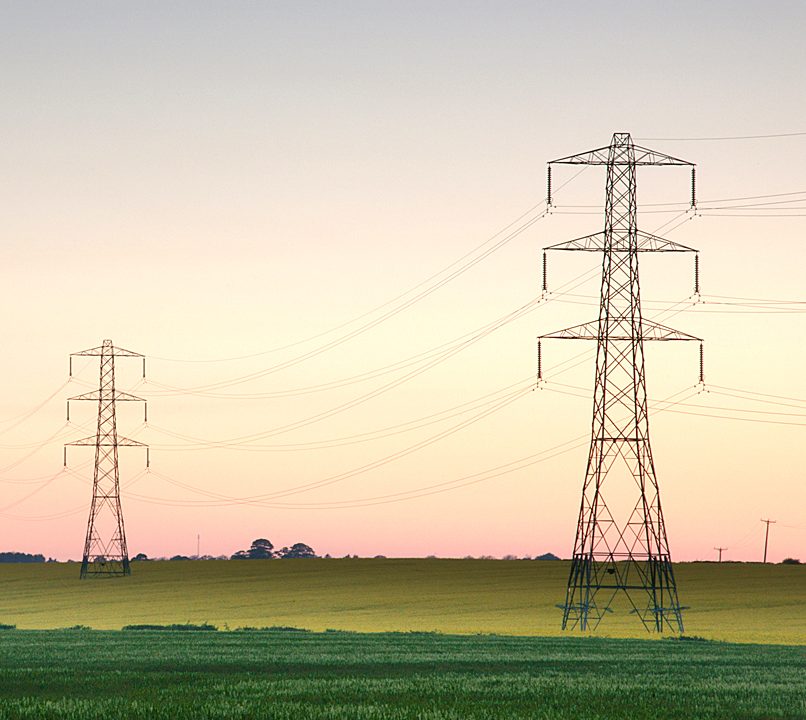
For several months, PIAC has been locked in a $7.1 billion battle with 12 electricity network businesses and the Australian Energy Regulator (AER), in relation to the amount that electricity networks are able to charge for their services. Arguments before the Australian Competition Tribunal concluded in early October 2015, and we understand that a decision is imminent.
In April 2015, the AER made a five-year revenue determination for three NSW electricity networks (Ausgrid, Endeavour Energy and Essential Energy), based on around 40,000 pages of proposals from the network businesses. The AER’s decision, which has been in effect since 1 July 2015, has seen an average household bill drop by around $100 per year ($300 in regional areas).
However, PIAC’s analysis suggests that this component of electricity prices was still too high. PIAC challenged the AER’s determination, in a legal first for a consumer group. PIAC has submitted that correcting the errors made by the AER would see annual household electricity bills drop by a further $100-$300 per year.
The three networks, which are owned by the NSW Government, also appealed their AER revenue determinations. The networks wish to recover an additional approximately $5.6 billion in order to deliver network services to the required standards. If the Tribunal awards that full amount, typical household annual bills would increase by more than $500.
But these cases are about much more than just three network companies. They are also the first test of new laws governing both the price setting process and appeals of those decisions to the Tribunal.
Between 2008 and 2012, electricity prices increased by 150% in four years. These increases caused huge hardship for low-income households and created a political imperative for reform. In response, the AER’s powers to set network prices were strengthened across a wide range of areas.
Nonetheless, five of the AER’s first six decisions since the reforms have been appealed by the businesses. With the cases being heard simultaneously, seven other electricity networks from Victoria, Queensland and South Australia joined proceedings, concerned about the impact of the Tribunal’s decision on their own revenue prospects.
Reforms were also made to the law governing appeals of AER decisions to the Tribunal. A key aim of those reforms was to make the appeals process more accessible to consumers and consumer organisations.
As part of these changes, the Tribunal is now required ‘to take reasonable steps to consult with consumers and consumer groups’. To PIAC’s knowledge, such a requirement is unique in the law in Australia. In response, the Tribunal hosted a one and a half day public consultative forum on the decisions under appeal.
As well as deciding on numerous technical points of economic regulation, the Tribunal must also make the first adjudicated determination of the new threshold test for making any change to an AER determination.
Under the law, it is not enough for the Tribunal to find the AER has made an error of fact, incorrectly exercised its discretion or made an unreasonable decision. The Tribunal must also be satisfied that to change the AER’s determination would lead to a ‘materially preferable’ national electricity objective (NEO) decision. The NEO states that the electricity system must operate ‘in the long term interest of consumers’ with respect to price, quality, safety and reliability. Any such decision will involve weighing numerous factors and exercise significant discretion about what is most ‘preferable’ for consumers.
Whatever decisions the Tribunal finally makes, further appeals seem likely. The AER (and PIAC) have proposed differing interpretations of certain provisions to the network businesses (for example, whether the allowance for a network should be commensurate with that of an efficient peer, or an efficient business in the economy as a whole, without regulated revenue and therefore much higher business risks).
And what would PIAC ultimately like to see? Despite the best efforts of policy makers, it seems clear that network businesses continue to see costly appeals as ‘just part of the process,’ to be followed every five years. While consumers are now able to participate, the appeals by network businesses make the price-setting process hugely expensive and wasteful. The solution to this may lie in allowing consumers and networks to negotiate and agree on a revenue amount, as occurs in New Zealand, Canada and the United States.
Keep an eye on PIAC’s website for our response to the Tribunal’s decision.